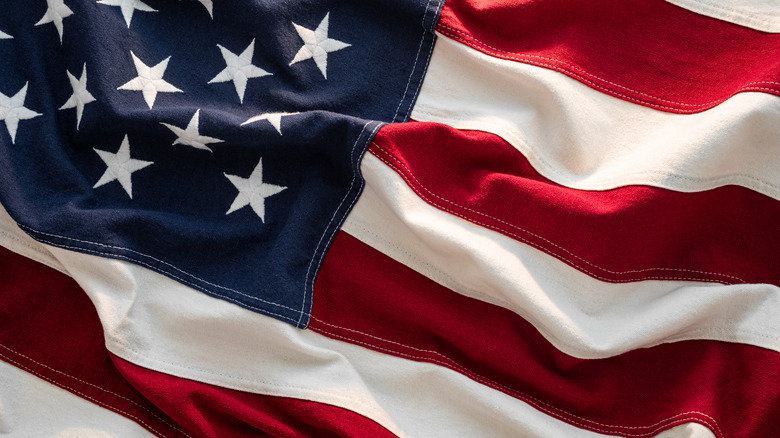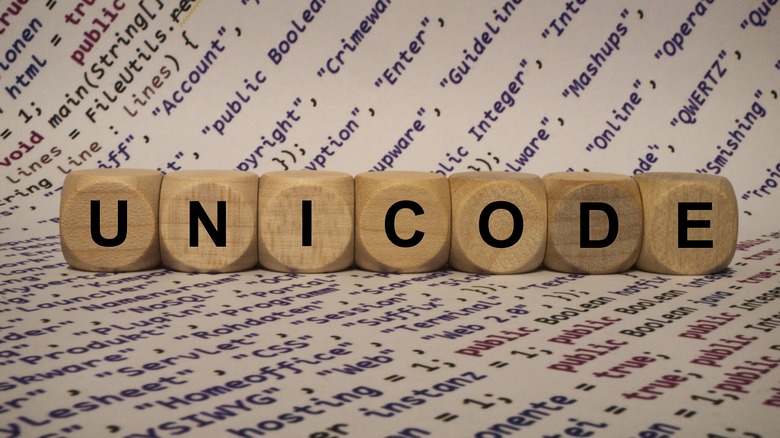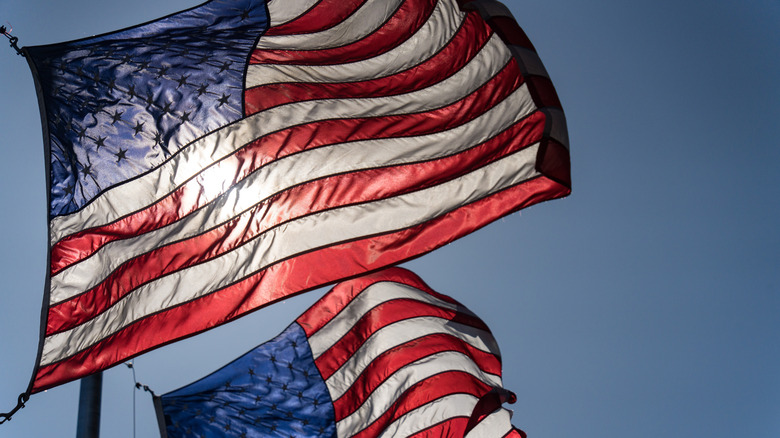Why Are There Two American Flag Emojis?
If you hold a modern device that supports the latest emojis (based on Unicode 16.0), you can now express your emotions through 3,790 different emojis. Every year, the latest Unicode iteration brings a few additions to this long list, which includes the 200 most popular emojis. There's an emoji for almost every emotion you can think of. And emojis are inclusive, with multiple skin tone and gender options for a variety of commonly used ones; multiple variations of the "family" emoji to be inclusive of all kinds of relationships; and nearly four dozen variations of the heart emoji, each having its own meaning.
There are also flag emojis for almost every country in the world, but did you know there are two identical American flag emojis? While the flags appear the same, they represent two different geographies – one flag represents the United States of America and the other represents the U.S. Minor Outlying Islands, all of them in the Pacific Ocean, and all of them uninhabited. These are Baker Island, Howland Island, Jarvis Island, Johnston Atoll, Kingman Reef, Midway Islands, Navassa Island, Palmyra Atoll, and Wake Island.
If you're confused about how two identical flags can represent different geographies, we've got the answer, though it's somewhat convoluted. To understand this anomaly in flag emojis, let's understand how emojis work.
Unicode encodes characters and emojis
On the most elementary level, computers depend on binary code, namely 0 and 1. To communicate with a computer, a translation layer is necessary to convert common characters like alphabets and numbers to binary code. Back in the day, American Standard Code for Information Interchange was the system for translation or encoding characters. However, ASCII was limited to the English alphabet, punctuation, and numbers. Devices working on ASCII failed to display webpages properly in languages like Chinese or Japanese. You would typically see fallback characters like question marks when reading foreign languages encoded using ASCII.
Currently, Unicode is the gold standard for encoding characters as it includes 154,998 characters, though the actual number of characters it can encode is theoretically unlimited. Unicode can encode English, Hindi, Chinese, Japanese, and many other major languages. As most devices now rely on Unicode, you now have a seamless experience browsing through webpages in foreign languages. And apart from these languages, Unicode also encodes emojis, including the two American flags.
The two American flags stand for different regional indicators
The way Unicode encodes flags is by assigning a regional indicator to each geographic area based on the International Organization for Standardization's 3166-1 alpha 2. These regional indicators are two-letter identifiers — for instance, US for the United States, TH for Thailand, and IN for India. The letters forming the indicator are then encoded to create the Unicode for any flag emoji. While the United States is represented by US, the U.S. Minor Outlying Islands are represented by UM, according to ISO 3166-1. So the flags for these regions are encoded differently.
However, this doesn't answer why the two flag emojis look identical. That's because it's up to the operating system to interpret the Unicode coding. Because of this, the same emojis can look different on different devices (for instance, the iPhone's iOS 18 makes emojis look bigger than usual). Operating systems that acknowledge the Unicode for the outlying islands render it using the same American flag emoji.
But Windows refuses to acknowledge flag emojis completely, so on Windows devices you'll only see the regional indicator in place of flag emojis. Hence, the 🇺🇸 and 🇺🇲 emojis are different, but are interpreted similarly. If you're viewing this page on an iPhone, you should be seeing two identical flags right now. If possible, view this article on a Windows device, and you should see the regional indicators US and UM, proving the flags are actually different.


